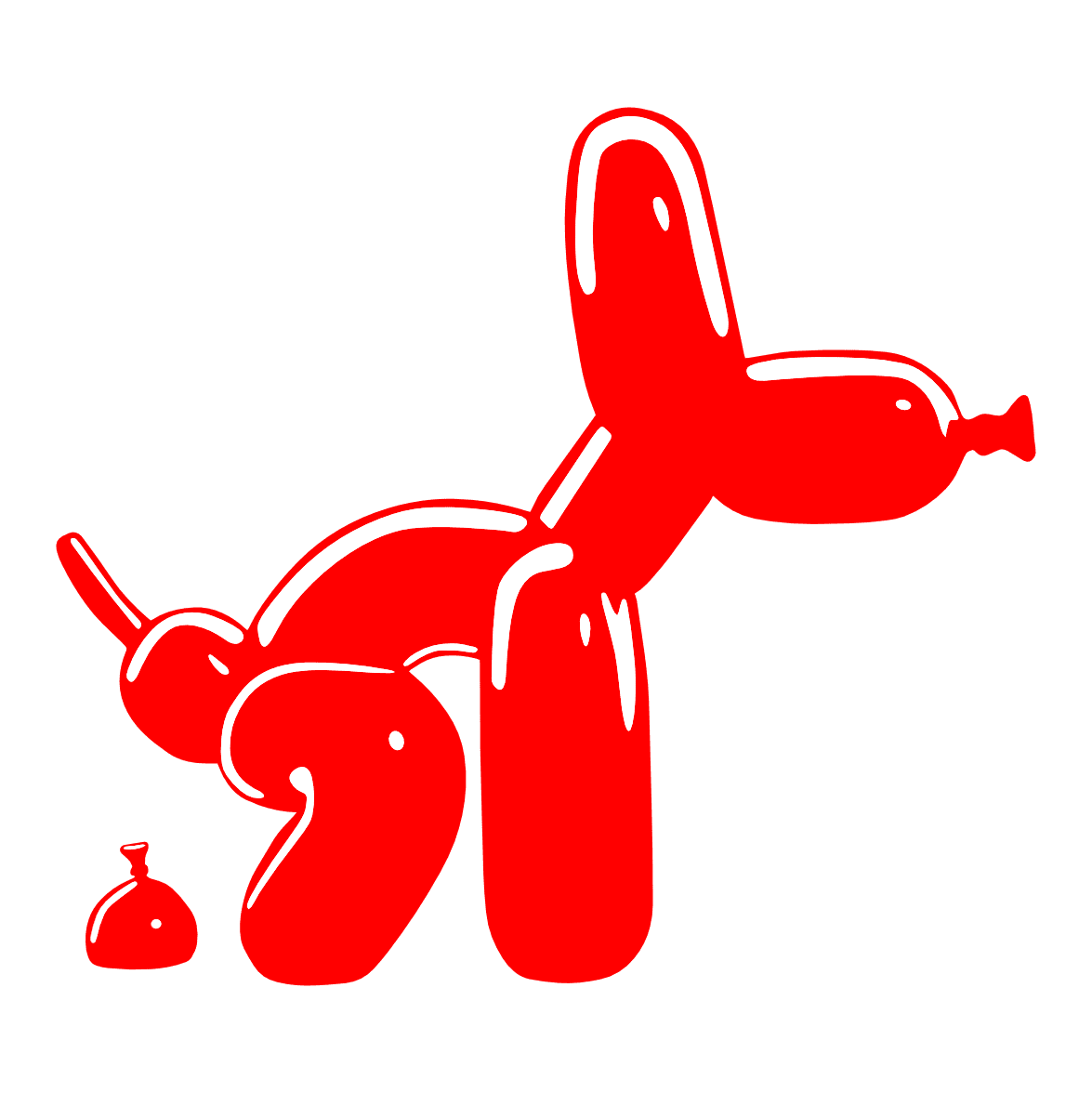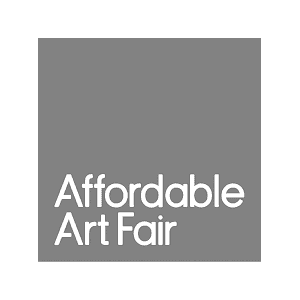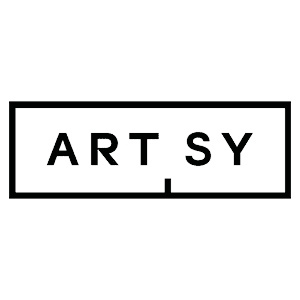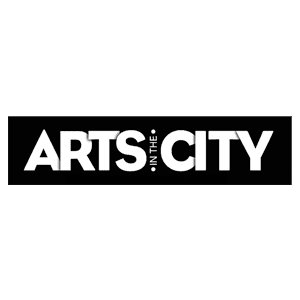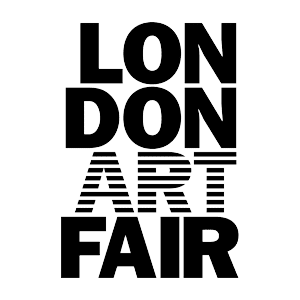It is going to be a tough year for the art world and everyone in it. The coronavirus pandemic has forced art professionals to deal with a crisis of global magnitude, that’s unlike anything they’ve seen before. Galleries and museums are forced to close their doors, auctions and art fairs are canceled and postponed. Travel and export bans are imposed on countries disabling them from sending art abroad. The pandemic has left many art world professionals out of work, and out of money and it will take an abundance of time for everything to go back to normal. Under the circumstances, the art world is struggling to make ends meet, promote new art and stay current.
There will be no public art projects
Auburn University’s “Murals as Public Art” is just one of many public art projects that have been canceled, to prevent the virus from spreading. Since any type of gathering, at this time is particularly dangerous, it’s unlikely that there will be new public art projects until the situation improves.
On the brighter side, some art organizations, have already announced that they will redistribute the money for public art projects, on grants and direct help for artists. However, many people think that this will not be enough. Serpentine Galleries’ curator Hans-Ulrich Obrist, has called the UK government to make a multimillion-pound investment into public art projects, in order to support artists and cultural institutions.
A similar project was launched in the U.S. in the 1930s as a response to the Great Depression, and it had numerous benefits. It allowed artists to work and get paid, develop their talents, create new pieces and kick-started the careers of young, emerging artists such as Jackson Pollock and Mark Rothko. Obrist believes that investing in public art can do the same for the UK and potentially lead to the development of a new generation of artists. Additionally, public art will reach people everywhere, even in the neighborhoods where people don’t normally have access to it, which will benefit the impoverished communities the most.
Art fairs are canceled or postponed
Many art fairs all over the globe will skip this year’s edition including Art Fair Tokyo, Frieze New York, Masterpiece London, to name a few. Others (like Other Art Fair in London, or Art Dubai) are postponed. This represents a huge blow for the galleries and dealers who were counting on art fairs to make hefty sales.
In an attempt to save the year, some art fairs are experimenting with moving their events online. Art Basel Hong Kong, for example, has opened an online viewing room, where people can see and purchase art meant to be exhibited on the fair. The experiment was conducted with mixed results. The viewing rooms encountered technical glitches, as large numbers of people tried to access them at the same time. Big galleries like Gagosian and Hauser & Wirth have managed to make some 6-figure sales, while smaller galleries were sadly less successful.
And although the majority of purchases were made by seasoned collectors, most galleries and dealers were glad to know that there are still people willing to spend large sums on art, even in these difficult times.
Auctions are merged or moved online
Similar to art fairs, many auction houses had to postpone their planned sales. Art world behemoths Sotheby’s, Christie’s and Bonham’s have postponed most of their auctions, particularly those in the Asian market. Merging auctions is another way to deal with the crises and, Christie’s, for example, will combine several of its events into one major XX century sale. However, as the pandemic-induced crisis continues, auction houses are increasingly turning to online platforms to sell art.
A variety of online auctions can be tracked on almost every major auction house website. So far online auctions seem to be working. First Sotheby’s online-only auction of Modern and Contemporary Middle Eastern art, has sold art pieces amounting to £2.1m while featuring a career record sale for Moroccan artist Mohamed Melehi. The success of the sale has led many to believe that, in the future auction house can move more online and regularly host online auctions even when the pandemic is over.
Galleries are improving their Internet stores
Galleries are using the power of the Internet to stay relevant as well. Having to close their doors to prevent the spreading of the virus, many brick-and-mortar galleries are now establishing and developing Internet stores, where collectors can view the artworks and purchase them with just a few clicks. New York’s Shrine Gallery, for example, recently announced that they’ll build an improved online store via Squarespace to keep the business running.
Some major galleries like Pace and David Zwirner have taken it a step further and established online art viewing rooms. These rooms (where you can observe artworks in a gallery setting) were established years ago, giving these galleries an upper hand on today’s market. David Zwirner gallery also enriched its offer with videos of studio visits and a variety of podcasts, books, and other educational materials. Unfortunately, online viewing rooms don’t come cheap and present too big of an investment for many smaller galleries.
Artists need a strong online presence
Artists must develop a strong online presence as well if they want to survive. We know that not everyone is into social media, online marketing, YouTube videos, etc. Some artists just like to focus on making their art and selling it in the offline world. Unfortunately, this approach will cause many problems in a time when online is practically the only way you can show art. Without an opportunity to exhibit their art in a gallery, fair or a museum, these artists will quickly go under. One way to bypass the problem is to leave all promotional activities to a represented gallery. Galleries have their own online promotional channels, including social networks with a lot of followers, paid Google ads, connections with bloggers and other major news outlets…
The other is to roll up your sleeves and do it yourself. If you have a website, think about a redesign, or try to boost it on Google by adding a blog section, for SEO purposes. Or focus on social networks. If you are an artist without Instagram, TikTok or YouTube accounts open at least one of these ASAP. There you can post how-to videos, work in progress images, and photos of finished pieces. Social media can be a powerful promotional tool, as many quarantined people will use them to spend time and relax. For better results, use one of many coronavirus-inspired hashtags such as #artinquarantene, #artistsinquarantine, #covidart and many others where you can share your artworks created during the pandemic. Also, you can use other hashtags like #buyart, #artforsale or #affordableart to help attract buyers and supporters.
But popular hashtags aren’t the only way you can use social media to promote your art. You can turn your social media profile into an online marketplace, by placing links to your webshop in the description or by accepting orders directly through the account. Another way to make money via social media is by creating written and video tutorials on how art is made, and share valuable tips with aspiring artists. You can ask people for small donations, in exchange for access or to make them freely available on YouTube and earn money from subscriptions and ads.
Governments are offering bailouts
Last but not least, you can apply for government funding. Many governments have created special coronavirus relief funds to help artists get by. The UK Art Council, for instance, has announced a comprehensive crisis plan that will redistribute £160 million of emergency funding to help artists and art institutions.
£20 million from the fond, will be set aside for individuals (artists, freelancers, and creative practitioners), alongside other supportive measures including grants, tax reliefs, employment support, favorable loans, sanitary sick pay etc.
The government has also issued an array of other favorable measures, for example, Renter Non-Eviction Rights legislation that prevents landlords from evicting artists (and others) from their homes during the crises, and a 3-month mortgage payment holiday.
Apart from the government, there are a lot of non-government organizations that offer financial help for creatives. Anonymous Was a Woman Foundation, for example, offers help for female artists over 40. The program whose total funding is $250,000 will grant up to $2,500 to those who suffered great financial loss due to coronavirus.
Museums are struggling to pay their staff
The UK Art Council’s COVID-19 plan will distribute financial aid to museums and other art organizations as well. Many of them were forced to close to avoid spreading the virus among visitors. Art Council has set aside £90 million to support museums and other organizations from its portfolio, with another £50 million dedicated to NonPortforlio organizations. Also, the authorities have announced that museums and other cultural institutions will be able to get substitutes that will cover 80% of their employees’ wages (as long as they are under £2,500).
That’s definitely good news for museums like Tate, who have committed to paying their entire staff during the lockdown. Aware of the help the UK and other European countries are providing to cultural institutions, museums in the US have also requested help from their government. Metropolitan Museum of Art, that’s expected to lose around $100 million during the lockdown, has come up with #CongressSaveCulture hashtag on social media to pressure the U.S government into offering financial relief.
While waiting for the reopening and government bailouts, many museums have turned to online exhibitions, live streams and virtual tours to retain their viewers and their relevance. To be fair, virtual art exhibitions are not exactly a new thing. Many famous museums and art galleries such as Guggenheim, Louvre Paris, Amsterdam’s Rijksmuseum, MoMA have online exhibitions hosted on Google Arts & Culture projects. However, coronavirus has made these virtual shows more advanced than ever. Museums are placing online exhibitions on their front pages they are creating virtual walkabouts and are experimenting with VR curatorial tours.
Live stream videos are also widely used to communicate with the audience. From lengthy educational videos to short social media snippets, live stream video content is meant to engage and educate viewers while entertaining them during the crisis. Moderna Museet in Sweeden, for example, is hosting, live-streamed online guided tours titled “Sofa tours” every day at noon.
In order to promote their collection and engage the audience even in times of crisis, many museums are intensifying their social media endeavors. The coronavirus has given birth to an array of new Twitter and Instagram hashtags like #MuseumFromHome and #MuseumMomentofZen. #MuseumFromHome, for instance, is hashtag art institutions are using to share collections, video gallery tours, and other educational and entertaining content. #MuseumMomentofZen is used for sharing peaceful and calming art pieces that can bring joy and reduce stress.
Long-term effects of the pandemic on the art market
Coronavirus pandemic will have long-term effects on the art market. Rich collectors and famous artists will always have money, but it will take years for freelancers and emerging artists to get back on track. Some galleries and museums (like the Museum of Contemporary Art in L.A. and Hammer Museum) had to fire staff, leaving many art professionals jobless.
The art fair cancelation will probably cause people to rethink the fast-paced rhythm that is causing the infamous “art fair fatigue”. Cancelations and delays of art fairs and auctions might drive the organizers to slow down and make these events less frequent, even after the pandemic.
Coronavirus will definitely speed up the digital transformation of the art market, that’s long overdue. The virus has given galleries, museums, artists, auction houses and other players on the art market the opportunity to test innovative solutions that can improve their businesses (VR tours, online auctions, remote working models…)
Many solutions that art professionals are trying out right now will be the new normal in the future. The art world will undoubtedly innovate and digitally advance, which will make the market more fair, transparent, and easier to navigate.
